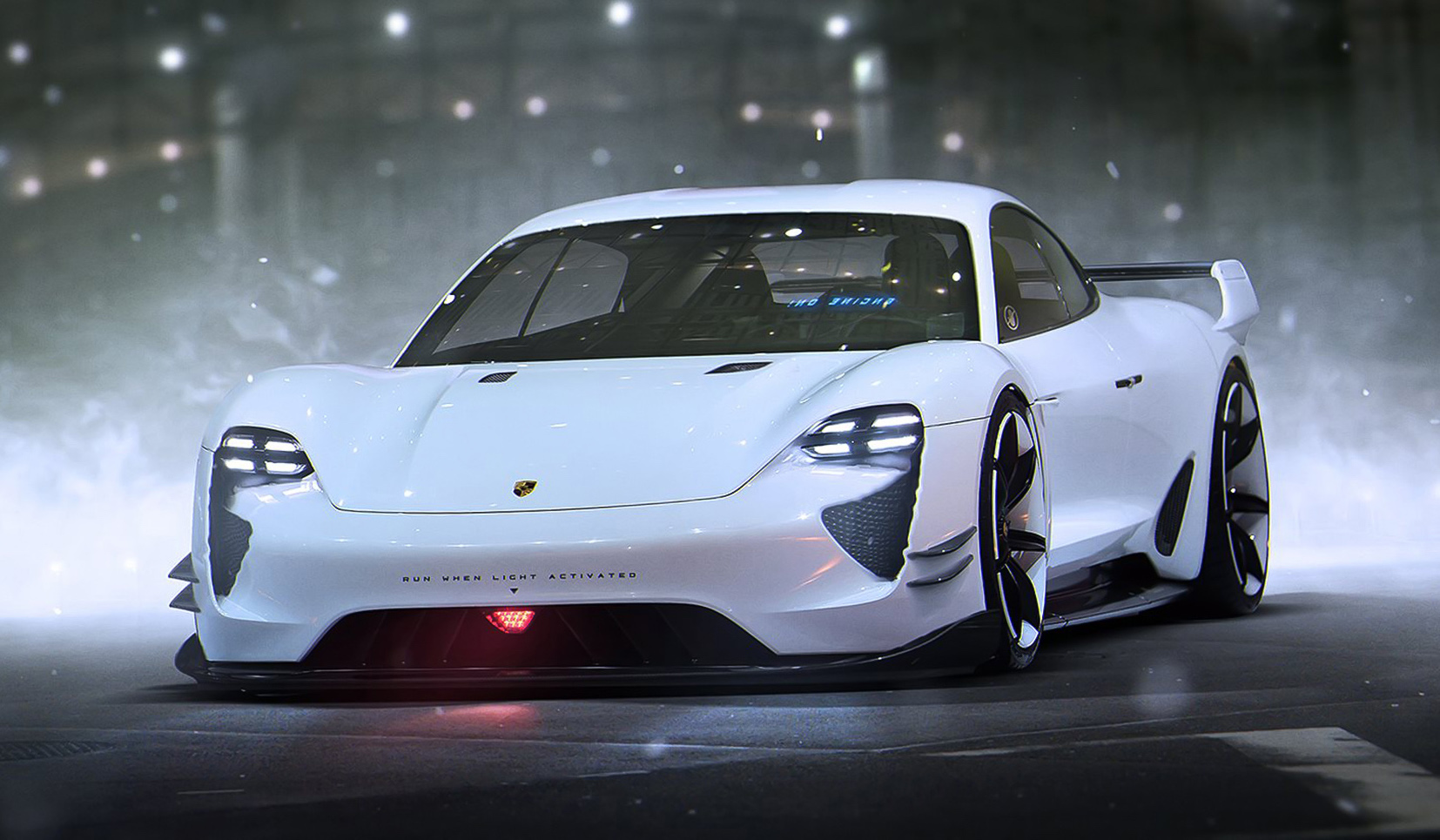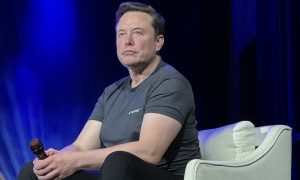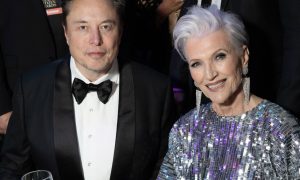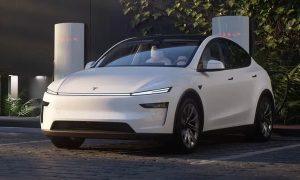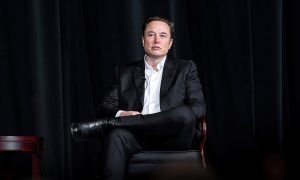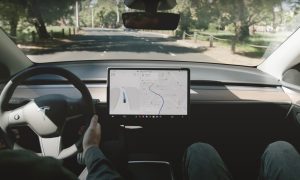The Porsche all-electric Mission E sports car is scheduled to arrive within three years and, when it does, is expected to be as popular with consumers as the company’s iconic 911 sports car. Porsche CEO Oliver Blume tells German magazine Automobilwoche, “We have the Mission E calculated with a number of items in the order of about 20,000.” To put that number in perspective, Porsche sold 31,350 of its 911 in 2015.
Early reports suggest the Mission E will have dual motors with an estimated 600 horsepower and have a range of 310 miles per single charge. Acceleration to 100 kph (62 mph) will clock in at under 3.5 seconds. Though it pales in comparison to Tesla’s flagship P100D which is expected to have a 0-60 mph time of 2.4 seconds when activated through a P100D easter egg, Porsche’s Mission E performance will not be a “party trick” according to Road & Track.
At issue is the difference between full time and part time performance. In a road test by Car and Driver, the tester wrote that “maximum acceleration is available only when the battery’s state of charge is above 95 percent and ‘max battery performance mode’ is set on the control screen.” The tester also had to wait “at least three minutes” between each acceleration run let the battery cool down.
In June, an unidentified Porsche engineer told Automobile Magazine, “The thing about Ludicrous mode is that it’s a façade. Two launches saps the whole battery. That won’t be the case with the Mission E. You’ll be able to run it hard, over and over. The battery will not overheat, the power control module will not overheat, and the seats will not suck.” He went on to say that the Mission E would be “something special” and a “true Porsche through and through.
Porsche claims that the Mission E will be capable of replenishing 80% of its battery’s state of charge or 248 miles in just 15 minutes. Being able to charge this quickly would require at least 150 kW of power, topping Tesla’s fast-charging Supercharger which outputs 135 kW of power.
Blume says his company is working with other companies to build a network of high power chargers which he says Tesla automobiles will be able to connect to using an adapter.

